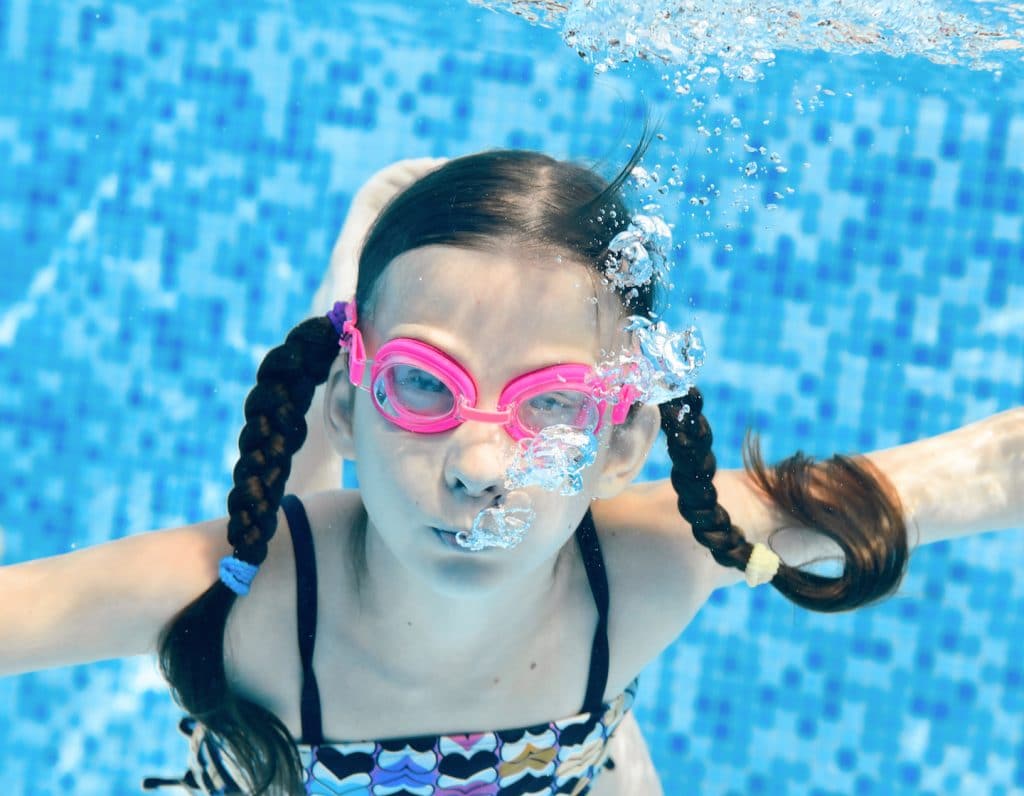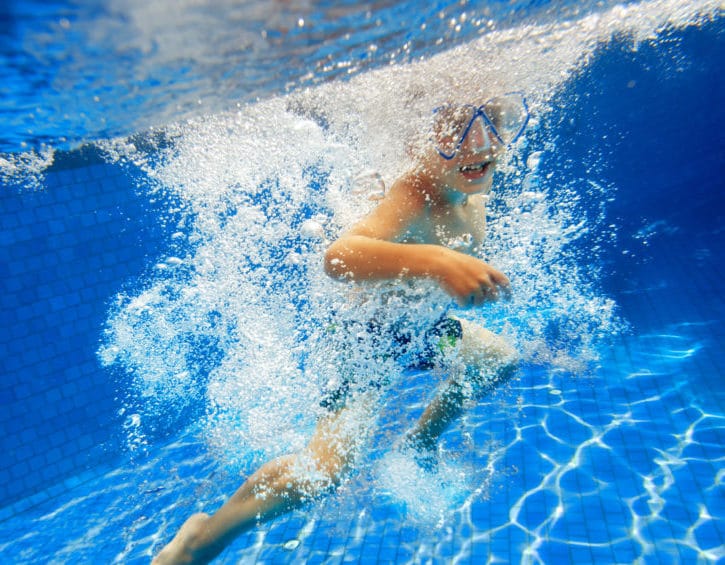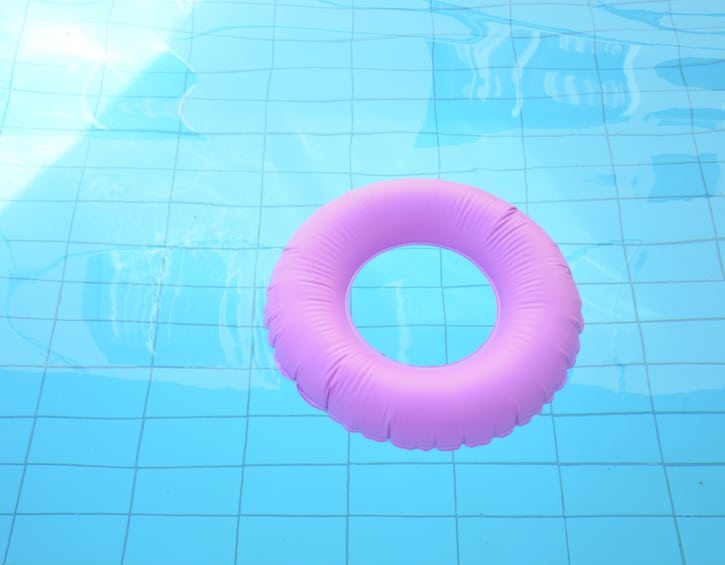

Get swim safety savvy with these signs to watch out for to prevent dry drowning
Living in the tropics with swimming pools on our doorstep it’s important for our kids to learn how to swim from a young age and for parents to be aware of the dangers of drowning. But are you aware of dry drowning? What should you do if your child has a near drowning experience but seems fine afterwards? Thank your lucky stars or seek medical attention in any case? (Clue: both and we tell you why later). We spoke with Dr TY Ho, Senior Doctor, at IMC Camden to find out more so that we can be best prepared to look out for the symptoms of dry drowning and what we can do to prevent it.
What exactly is dry drowning?
This is a term that has been coined for persons who have died on land after they were temporarily submerged in water.
Read more: Best Swim Schools
What is the difference between dry drowning, secondary drowning, and submersion injuries?
Terms such as “dry drowning,” “delayed drowning,” “submersion injury” and “secondary drowning” are all incorrect, and can cause unnecessary alarm, according to the American College of Emergency Physicians (ACEP). They essentially refer to the same phenomenon- ARDS (Acute Respiratory Distress Syndrome). If water manages to get into the lungs, even in small amounts, it can cause disruption of the surfactant (a slippery fluid that keeps the air sacs in the lungs open) as well as an immune reaction that culminates in a serious condition called ARDS. ARDS causes the lungs to fill with fluid (pulmonary oedema) and prevents proper gas exchange in the lungs. ARDS is the most serious form of an acute lung injury and is often fatal. This process starts immediately from the time of aspirating the water and not days later. There is a small subset of victims who can die from quickly after water gets into their airway and cause the airways to spasm, cutting off oxygen. This laryngospasm is the so called “dry drowning.”


Can this only happen when kids are swimming or are there any other occasions where dry drowning can occur?
Any situation where a fluid gets into the lungs can trigger ARDS. The body normally is able to block the water from entering the airway. The epiglottis (a cartilaginous structure at the back of the throat) will snap down and close the airway to prevent aspiration. If this process fails and the fluid gets into the airway, violent coughing and even wheezing will occur immediately to try to expel the fluid. If the fluid manages to get into the lungs, ARDS may ensue. The type of fluid may affect the chances of getting ARDS too- for example, polluted water, temperature of the water, salinity, co-ingested materials, duration of submersion and volume of aspirate.
Read More: Real Life Lifesaver mum
What are the signs and symptoms to look out for?
The easiest thing to remember is to observe the coughing. If the submerged person came out of the water coughing and continues to cough increasing badly over the next few hours to days, bring him to the emergency room for attention. Change in sensorium (drowsiness or change of level of consciousness), wheezing and chest pain are also worrisome symptoms. He/she may need a chest x-ray and his oxygen saturation monitored. Emergency treatment with medications and oxygen may be required as well. If a cough develops days after the swimming, it’s just a cough.


Does your child need to display all or even just one of these symptoms?
They key thing to look out for is the cough. If the child shows deterioration with increasing symptoms please bring him to the emergency room for an assessment.
How long after they have had a fall into water or a swim can symptoms appear?
There should be immediate symptoms that persist.
What should be done if your child has symptoms?
Watch out of progressive worsening of the symptoms as ARDS is a potentially severe condition. The best place to check for this is at the emergency room.
How can you make sure your child is not in danger of dry drowning?
Always keep a constant eye on children near water (including at bath time).. Even a moment’s distraction could cause you to miss catching the child aspirate. If there is no aspiration, there is no risk of drowning or ‘dry drowning’ a few days later. The Pediatric Emergency Medicine Network USA states that the most important take-home message is that vast majority of paediatric drowning deaths are associated with lack of supervision.






 View All
View All





 View All
View All








 View All
View All






